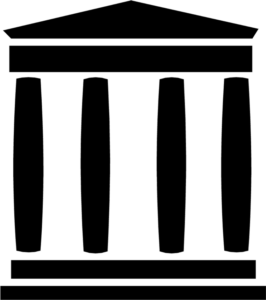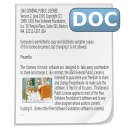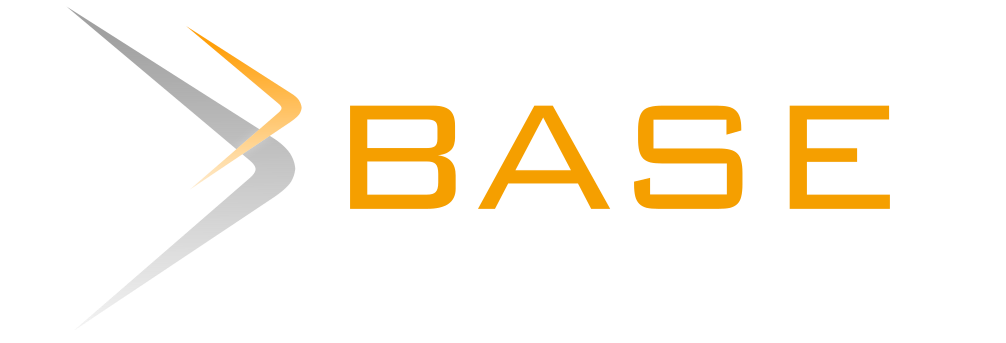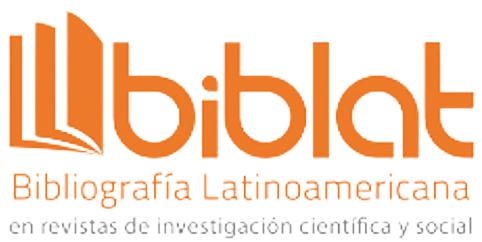Management of drinking water consumption reading information via mobile application
Abstract
The article evidences the implementation of a mobile application to manage information on the consumption of vital liquids in the homes that make up the administrative board of drinking water of the Santa Fe parish. Such a computer system allows for improving collection services and records, updating water consumption and monthly charges data, viewing the geographical location of the meters on a map, and synchronizing user information in real time. The study is an empirical investigation of a descriptive type - application with a quantitative modality. For project management and software development, the agile Scrum methodology was used, which allowed the tasks to be executed effectively together with the client's active participation. The preliminary results reveal that the processes in the transport of the information were optimized from the meter reading carried out by the company employee to its billing (delivery of receipt to the consumer), reducing response times, for which previously they were carried out by through printed cards and notebook for later typing and printing. In other similar projects, they also state that the development and use of technological tools for collecting water bills increase the benefits and efficiency for administrators and clients of an administrative board of a cantonal or regional locality.
Downloads
References
M. E. A. d. Barrio, «Los contenidos periodísticos en los medios para dispositivos móviles: la adaptación a la evolución tecnológica.,» Madrid, 2016.
J. M. M. I. J. &. C.-S. L. Aguado, «Tendencias evolutivas del contenido digital en aplicaciones móviles.,» Profesional de la Información, pp. 787-796, 2015. DOI: https://doi.org/10.3145/epi.2015.nov.10
J. H. &. A. C. H. A. Bustos Parra, «Wireless application protocol WAP.,» 2004. [En línea]. Available: http://biblioteca.utb.edu.co/notas/tesis/0031332.pdf. [Último acceso: 2021].
A. U. Gawas, «An overview on evolution of mobile wireless communication networks: 1G-6G,» International Journal on Recent and Innovation Trends in Computing and Communication, 3(5), pp. 3130-3133, 2015.
A. Vila, «Historia y evolución de las aplicaciones móviles más conocidas.,» 2015. [En línea]. Available: http://alejandraplicacionesmoviles. blogspot. com/2015/08. [Último acceso: 2021].
D. Robledo, Desarrollo de aplicaciones para Android I., Ministerio de Educacion, Cultura y Deporte., 2016.
F. &. A. J. Sáez, «De los ordenadores a los dispositivos móviles,» Barcelona, Graó, 2015, pp. 11-29.
H. A. Botello-Peñaloza, «Determinantes del acceso al internet: Evidencia de los hogares del Ecuador.,» Entramado, pp. 12-19, 2015. DOI: https://doi.org/10.18041/entramado.2015v11n2.22205
I. Márquez, «El smartphone como metamedio,» Observatorio, 2017. DOI: https://doi.org/10.15847/obsOBS11220171033
G. M. M. GUADALUPE, «USOS Y TIPOS DE APLICACIONES MÓVILES,» Oaxaca, 2015.
M. d. T. y. d. l. S. d. l. I. MINTEL, «Ecuador Digital,» 2020. [En línea]. Available: https://www.telecomunicaciones.gob.ec/25693-2/. [Último acceso: 2021].
J. P. D. A. Ponce, «Ecuador Estado Digital,» Quito-Ecuador, 2021.
A. D. L. Espriella-Babiloni, «Comparación entre tecnologías emergentes y tradicionales en automatización e instrumentación industrial.,» Sostenibilidad, Tecnología y Humanismo, pp. 70-77, 2019. DOI: https://doi.org/10.25213/2216-1872.11
B. O. C. GONZÁLEZ, «ACEPTACIÓN DEL USO DE LA TECNOLOGÍA MÓVIL EN EL PAGO DE SERVICIOS BÁSICOS–AGUA, TELÉFONO Y ENERGÍA ELÉCTRICA,» Guatemala, 2017.
A. M. H. L. R. E. D. V. Z. I. Nilcia Jiménez Centeno, «El agua: recurso vital para la supervivencia humana.».
N. C. Chulluncuy Camacho, «Tratamiento de agua para consumo humano,» Ingeniería Industrial, pp. 153-170, 2011. DOI: https://doi.org/10.26439/ing.ind2011.n029.232
H. A. B. S. MARÍA VIRGINIA NAJUL, «Estrategias de mejora continua en plantas potabilizadoras Venezolanas,» Revista de la Facultad de Ingeniería Universidad Central de Venezuela, pp. 37-50, 2014.
W. V. V. H. R. C. Stefan Ziemendorff, «La seguridad de medidores de agua potable contra robo, vandalización y manipulación–problemática, avances y propuesta,» INDES Revista de Investigación para el Desarrollo Sustentable, pp. 5-15, 2017. DOI: https://doi.org/10.25127/indes.20153.202
M. L. Ramos Bayas, «El capital social de Juntas Administradoras de Agua Potable y Riego del Ecuador JAAPRE y la Ley Orgánica de recursos hídricos, usos y aprovechamiento del agua (2009–2015),» Quito, Ecuador, 2017.
M. E. PETIT-BREUILH SEPÚLVEDA, Desastres naturales y ocupación del territorio en Hispanoamérica, vol. 70, Servicio de Publicaciones de la Universidad de Huelva., 2018.
J. A. Mera Paz, «Análisis del proceso de pruebas de calidad de software,» Ingeniería solidaria, vol. 12, nº 20, 2016. DOI: https://doi.org/10.16925/in.v12i20.1482
R. &. T. C. P. M. Hernández-Sampieri, Metodología de la investigación (Vol. 4), México^ eD. F DF: McGraw-Hill Interamericana., 2018.
G. P. J. Antonio, Técnicas e instrumentos para la recogida de información, Editorial UNED, 2016.
T. D. D. L. NEFTALI, «Población y muestra,» 2016.
T. Dimes, Conceptos Básicos de Scrum: Desarrollo de software Agile y manejo de proyectos Agile, Babelcube Inc., 2015.
M. C. C. A. L. L. &. M. D. B. Gasca Mantilla, «Metodología para el desarrollo de aplicaciones móviles,» Tecnura, pp. 20-35, 2013. DOI: https://doi.org/10.14483/udistrital.jour.tecnura.2014.2.a02
T. A. Tisalema P., «Desarrollo de una aplicación web/móvil para el registro de consumo/pago de los usuarios de la Junta Administradora de Agua Potable Angahuana Alto, aplicando TDD,» Riobamba, 2019.
J. C. &. C. J. O. Tapia, «Ingreso de lecturas de consumo de agua potable en EMAPAL-Azogues, a través de dispositivos móviles,» Revista Científica y Tecnológica UPSE, pp. 85-90, 2017.
Y. M. A.-C. C. M.-M. G. y. S.-T. ESCORZA-SÁNCHEZ, «Herramienta para la administración del sistema de cobro de agua potable.,» Revista de Tecnología Informática, vol. 1, nº 1, pp. 36-45, 2017.
B. A. Ramírez Rodríguez, «Implementación del sistema de gestión informático para la reducción de pérdidas de consumo en el sistema de agua potable de la Junta Administradora de Agua Potable-Zapotal. módulo: toma de lectura y generación de planillas,» La Libertad, 2019.
Copyright (c) 2022 Innovation and Software

This work is licensed under a Creative Commons Attribution 4.0 International License.
The authors exclusively grant the right to publish their article to the Innovation and Software Journal, which may formally edit or modify the approved text to comply with their own editorial standards and with universal grammatical standards, prior to publication; Likewise, our journal may translate the approved manuscripts into as many languages as it deems necessary and disseminates them in several countries, always giving public recognition to the author or authors of the research.
























